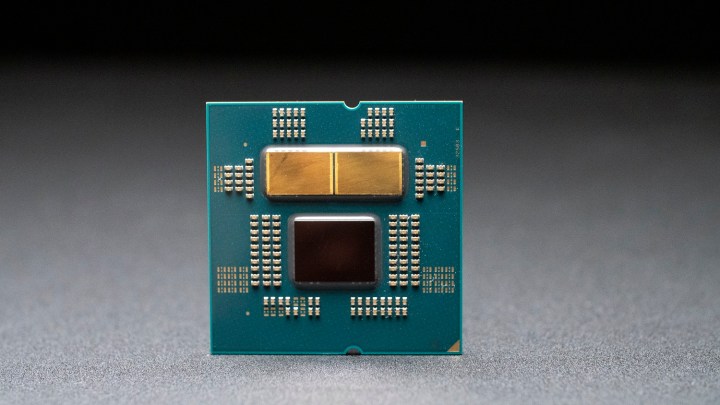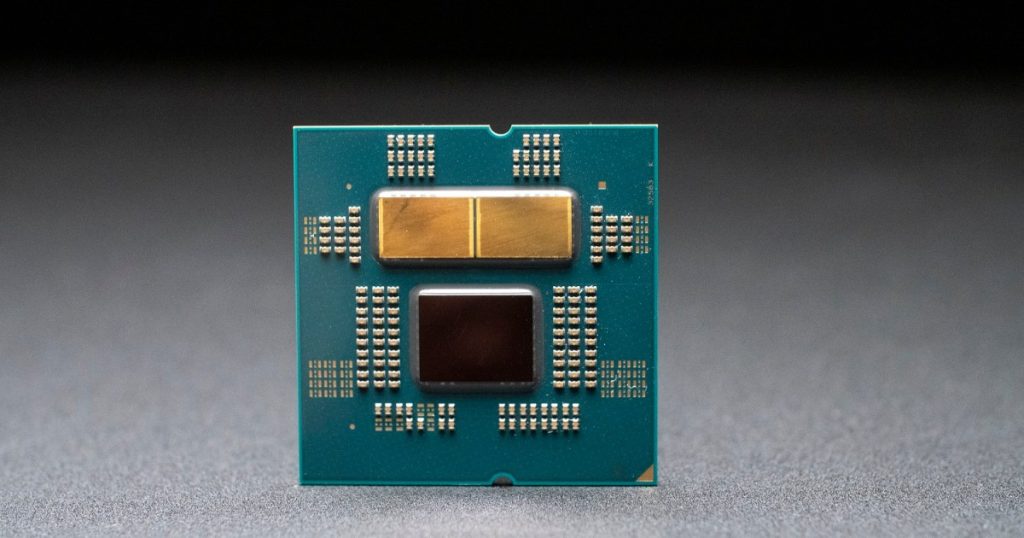Delidding a CPU involves removing its integrated heat spreader, or IHS. While this procedure carries risk, the temperature improvements can be significant, leading to a processor that runs cooler, quieter, and potentially faster.
Thanks to dedicated tools that make the process easier and safer, delidding your CPU is now accessible to more users, not just hardcore overclockers.
Understanding Delidding Your CPU
The silver metal surface of your CPU is not the processor itself. The actual processing unit lies beneath the integrated heat spreader. Delidding involves removing this heat spreader to allow the cooler to directly cool the CPU die, improving cooling efficiency.

Using a dedicated delidding tool is the safest and most popular method today. These tools simplify the process and reduce the risks associated with older methods involving heat guns and razor blades.
Tools like the Thermal Grizzly delidding tool provide a secure way to remove the IHS and apply liquid metal thermal interface material for improved performance.
Pros and Cons of Delidding Your CPU
Delidding is an effective way to enhance cooling and reduce temperatures, especially for high-power processors. It can help prevent thermal throttling and improve overall performance.

While modern delidding tools have made the process safer, there are still risks involved. Mishandling can lead to irreversible damage to your CPU. Careful application of liquid metal and proper cooling techniques are crucial for success.
Ultimately, the decision to delid your CPU should be based on your confidence, tools, and preparation. With the right approach, you can enjoy a CPU that runs cooler and quieter, potentially unlocking greater overclocking capabilities.
Editors’ Recommendations


